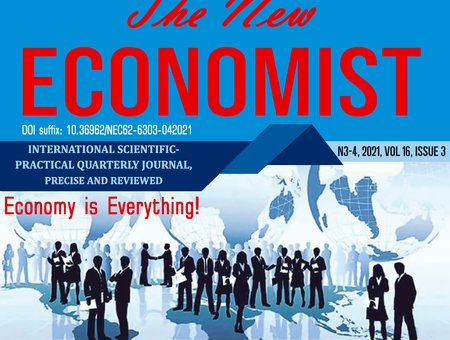One of the major problems of a market economy is unemployment, when a large part of the employable population cannot find work, becomes "redundant" and, as a rule, they form a reserve army of the unemployed.
Losing a job is one of the most frustrating events in a person's life. Most people rely on their own income to maintain a standard of living. At the same time, people receive not only income from labor, but also get a sense of personal perfection.
Losing a job means lowering your standard of living, worrying about the future, losing self-esteem. Therefore, it is not surprising that politicians in the process of fighting for a seat often talk about how their proposed policies will help create new jobs and tackle unemployment problems. Raising this issue is important today, when Georgia's unemployment rate has reached a historic high and Georgians are trying to sell their votes in the elections for 20-50 GEL. Unbelievable things were happening during the last election: bribery, threats, blackmail, physical or moral terror - these were the hallmarks of the last election. Why? The main reason for this is of course poverty and hardship, which is a result of the unemployment in the country.
The following main types of unemployment are distinguished: frictional, structural and cyclical unemployment, although there are other types (forms) of unemployment that exist in the modern economy.
The essence of frictional, structural, cyclical, seasonal, regional, hidden, demographic, institutional, voluntary and suspended unemployment and socio-economic consequences are explained through statistics.
As for the employment problem. It has been shown that in modern Georgia, as time goes on, the share of the employed population in the labor force is decreasing more and more. In 2007, 321,3 thousand people were employed in the public sector, while 1,256 1 thousand of our citizens were employed in the non-governmental sector. Recently, the number of employees in the public sector has greatly increased, however, by 2020 the number of employees in the non-governmental sector has decreased to 947,1 thousand. The answer is clear: the private sector does not create jobs.
It is also interesting to find employment by economic activity, for example: agriculture, forestry and fish farming had 202 thousand employees in 2020, while these data in 2017 were 246 thousand.
The number of people employed in wholesale and retail trade, repair of cars and motorcycles has increased. E.g. In 2017, their number was 174 thousand employees, and in 2020 this number increased to 188 thousand. All this shows that we are a nation mainly employed in the field of trade and not a producing nation. The number of car and motorcycle mechanics has greatly increased. This shows that mostly our citizens are buying old, depreciated cars and motorcycles, that need major repairs.
In addition, the number of employees in the field of transport and warehousing has positive dynamics. In 2017, 70,1 thousand people were employed here, and in 2020, their number increased to 79,2 thousand.
Employment in economic activities, various sectors of the economy, rural and urban employment in different age groups are shown, as well as the number of self-employed.


